What Are You Looking For?
In this inaugural chapter, we delve into the essence of silicone tubing, exploring its intricate manufacturing process.
Silicone tubing emerges as a resilient elastomer endowed with formidable strength, flexibility, and resistance. It exhibits an exceptional ability to stretch without succumbing to tearing, showcasing remarkable versatility. Its flexibility is a paramount attribute, impervious to weakening even amidst recurrent bending and twisting. Noteworthy for its hygienic and non-toxic nature, silicone tubing finds itself elevated to the status of a medical-grade material, a preferred choice resonating particularly within the realms of healthcare and medical applications.
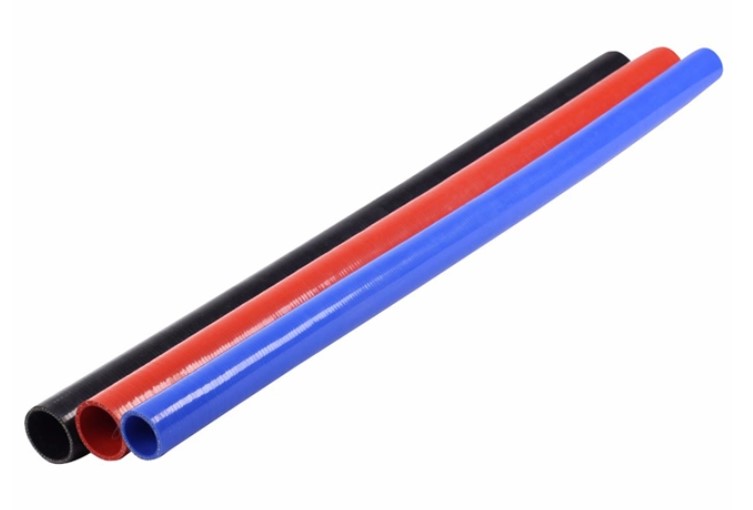
Silicone, with its multifaceted properties, seamlessly navigates a broad spectrum of temperatures, effortlessly adapting to abrupt shifts in weather and thermal conditions. The pivotal role of silicone tubing extends across diverse industries and applications involving the seamless transfer of liquids and gases. Its stellar properties, encompassing UV and heat resistance, render silicone tubing indispensable in the electrical and aerospace domains. The material's facile cleaning and sterilization further render it invaluable in environments prioritizing hygiene, such as the medical, pharmaceutical, and food production sectors. Silicone tubing, available in various sizes and grades, including the high-temperature variant, emerges as the material of choice in myriad situations.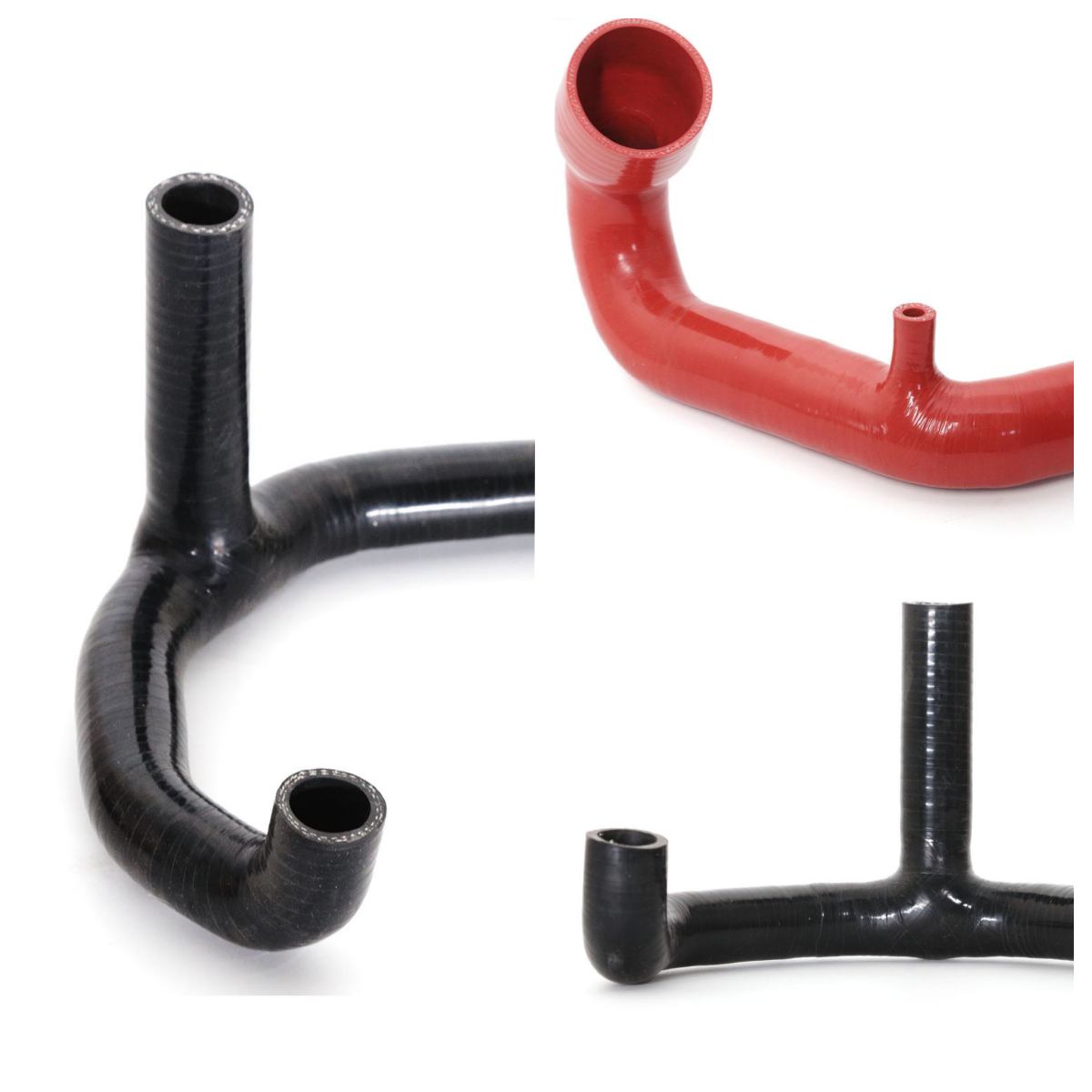
The high-temperature silicone tubing stands resilient against extreme temperature fluctuations, distinguishing itself from the limitations of plastic or rubber counterparts. Simultaneously, food-grade silicone tubing, compliant with FDA standards, proves to be a stalwart and reliable material, embodying stability, temperature resistance, and non-stick properties. This particular grade finds its niche in the production of consumables. Another specialized variant, medical-grade silicone tubing, meticulously aligns with stringent cleanliness and non-toxicity requirements inherent in the medical industry.
The genesis of silicone tubing lies in the widely embraced technique known as the rubber extrusion process.
The extrusion process earns its acclaim owing to its cost-effectiveness and rapid production capabilities, facilitating the creation of substantial batches within remarkably short timelines. Typically orchestrated by adept rubber fabricators, this process commences with a heated and cured silicone-formulated compound, initially shaped into a slab or strip.
The ensuing step involves ushering the formed silicone into a screw extruder. This mechanical virtuoso propels the compound through a robust steel die. Stationed firmly, the die molds the silicone tubing as it traverses through the force exerted by the extruder. The silicone profile exits the die, embarking on a journey of curing as it steadily advances through a heated and cured oven.
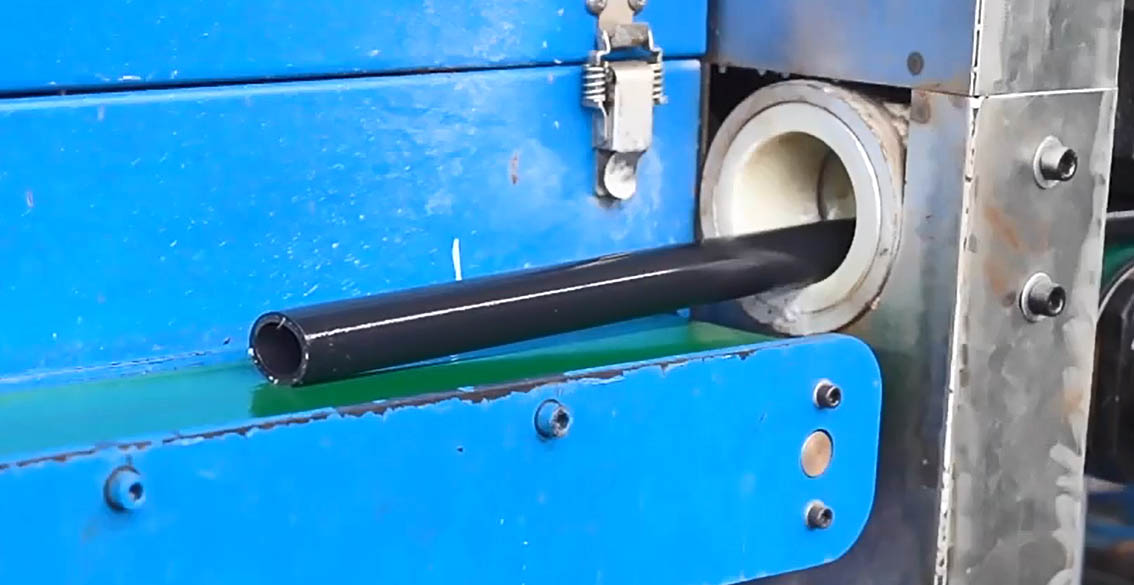
Various ovens, employing techniques like salt bath cures, steam vulcanization, and infrared cures, orchestrate the curing process. Some craftsmen opt for post-extrusion vulcanization, immersing the silicone in a saltwater-filled trough. However, this technique necessitates a judicious selection of raw materials, ensuring optimal performance across specific temperature and mechanically controlled processes, ultimately meeting stringent specifications.
The demarcation between these two processes emanates from the resultant shape, intended application, and production trajectory. Extrusion begets regular, cylindrical shapes, capable of extending to infinite lengths, whereas molding excels in creating irregular shapes constrained within defined dimensions.

In the extrusion realm, the vulcanization tunnel, vital for drying, necessitates re-sulfurization after traversing lengths exceeding 50 feet. Theoretically boundless, extruded silicone tubing maintains its form without halting at the inlet. On the other end of the spectrum, the solid-liquid injection process employs liquid glue production, akin to plastic injection. Initiated by injecting liquid glue into the mold post-high-temperature sulfurization, this method births products with a diverse structure. Notably softer and smoother than their extruded counterparts, solid-liquid injection silicone tubing finds its niche in the power industry.
Given silicone's intrinsic attributes of resistance and insulation, it becomes a preferred contender in the power industry. The solid-liquid injection process yields fixed and irregular shapes, while the extrusion process births elongated cylindrical tubes. Both methodologies, boasting ultra-high voltage resilience, find applications in power transmission lines and terminals.
In the medical domain, the silicone tubing extrusion process takes center stage, complementing the solid-liquid injection process. Extrusion primarily contributes to the creation of drainage pipes, while the liquid injection process excels in producing irregular pipes. Despite the extrusion process being more cost-effective, the liquid injection method incurs higher costs in terms of raw materials and equipment. Therefore, when the need arises for regular pipelines, the pragmatic choice lies in leveraging the cost-effective extrusion process.
The dimensions of silicone tubes intricately define their utility. Small silicone tubing, characterized by thin walls and flexibility, finds its niche in electrical sleeving. Medium-sized counterparts traverse the realms of transporting liquids and powders. Large silicone tubing, with its expansive dimensions, assumes a pivotal role in applications involving air ducts and dielectrics.
Medium-sized silicone tubing witnesses prominent usage in the pharmaceutical and food industries, particularly in contexts where hygiene reigns supreme. Platinum silicone tubing, an omnipresent all-rounder free from ketones and peroxide, emerges as the go-to choice for the medical, food, dairy, and vending sectors. This variant ensures taste preservation and remains untainted, a testament to its versatility. Cured silicone tubing, donned in the garb of a general-purpose conduit compatible with food, further underscores the diverse applications of this exceptional material.
Embarking on a journey through the diverse realm of silicone tubing reveals an array of types catering to distinct applications.
Residing in a translucent form, silicone peroxide tubing adorns itself in various diameters, aligning perfectly with applications that don't demand impeccable purity, recurrent sterilization, or precision dosing. The preferred choice for pump and transfer applications, this variant finds its niche in automotive and industrial domains. Withstanding temperatures soaring to 392 °F (200 °C), peroxide-cured silicone tubing not only exhibits resilience but also proves cost-effective, positioning itself as the quintessential solution for general tubing applications.
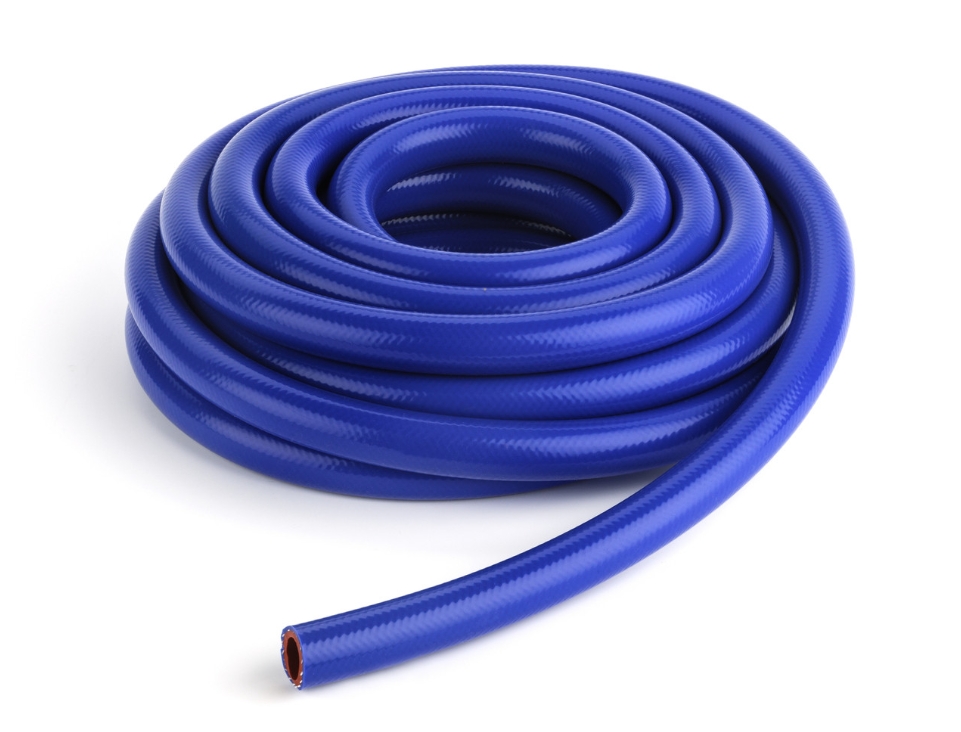
Elevating itself above its peroxide-cured counterpart, platinum-cured silicone tubing emerges as a stalwart in the food and beverage industries. Flaunting high tear strength, it gracefully operates across a vast temperature spectrum, from -40 °F (-40 °C) to 392 °F (200 °C). Resplendent in translucent, black, or white hues, this tubing variant contains no peroxide by-products, remains non-yellowing, and stands out as the ideal choice for peristaltic pumps. Its extended lifespan further solidifies its position, finding prominence in non-invasive medical and pharmaceutical realms.
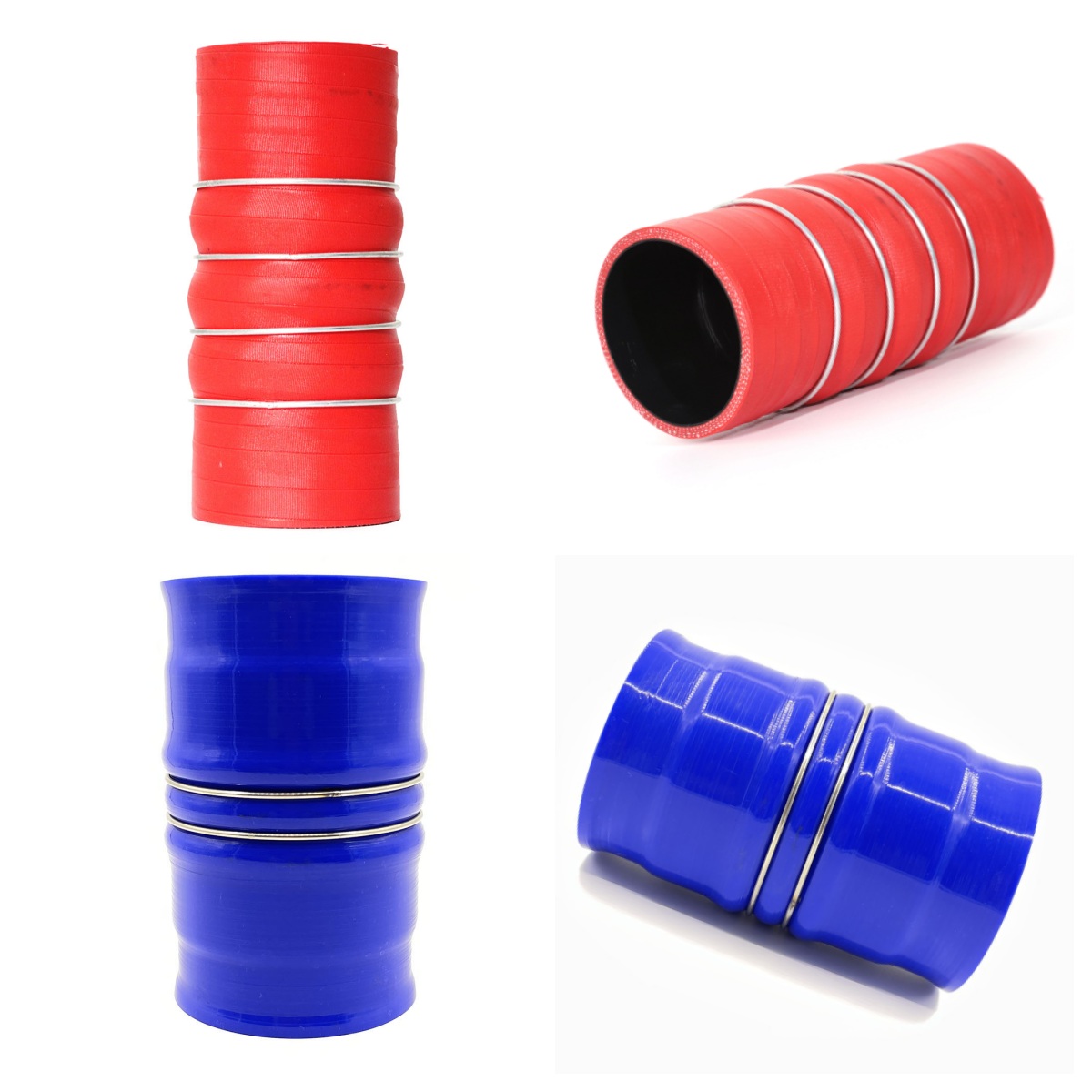
Silicone Dairy Tubing
Tailored specifically for the dairy industry, silicone dairy tubing boasts high mechanical wear and tear strength. Often graced with the platinum-cured distinction, this tubing variety reigns supreme over its counterparts, offering a cascade of benefits. Non-yellowing and free from peroxide by-products, it resists hardening or corrosion even after prolonged use. Its inner bore, meticulously engineered to be extra-smooth, enhances flow rates and hygiene levels, attesting to its impeccable design for dairy applications.
Silicone Fuel Tubing
Taking center stage in the radio-controlled model car industry, silicone fuel tubing stands out with its resistance to methanol and nitro fuels. Beyond functionality, it adds an aesthetic touch with an array of pleasing colors, perfectly complementing any car hue. A caveat, however, lies in its specialization for radio-controlled model cars, rendering it unsuitable for petrol applications.
Taking center stage in the radio-controlled model car industry, silicone fuel tubing stands out with its resistance to methanol and nitro fuels. Beyond functionality, it adds an aesthetic touch with an array of pleasing colors, perfectly complementing any car hue. A caveat, however, lies in its specialization for radio-controlled model cars, rendering it unsuitable for petrol applications.
Resilient against extreme temperature fluctuations, high-temperature silicone tubing proudly displays its capabilities with numerical indicators like 550, denoting its absolute maximum heat tolerance. However, a crucial distinction lies in understanding that thermal resistance does not equate to resistance against ignition. Verification of flame retardant materials becomes imperative for applications involving potential contact with flames. Flexibility, a sought-after attribute, should align with the application's demands, as continuous bending may lead to flex fatigue.
Stepping into the realm of food and beverage applications, food-grade silicone emerges as a robust and enduring substance, a worthy substitute for plastics. Devoid of plasticizers, it safeguards against the leakage of harmful chemicals into consumables. Resisting flavor and aroma transfer, this tubing variety becomes a beacon for environmentally responsible choices, combating single-use plastics. The surface properties resist material buildup, ensuring hygiene and stability. Its durability, spanning extreme temperatures and bearing certification NSF-51, makes it a standout choice in the food and beverage industries.

Specially designed medical-grade tubing meets the stringent standards for cleanliness and non-toxicity for medical devices. The United States Pharmacopeial Convention (USP) has developed a sequence of six tests that cites specific standards to be followed for the certification of medical devices. The first requirement that silicone tubing must adhere to is biocompatility, a necessity for medical tools, devices, and equipment that will come in contact with human tissue. In addition, USP Class VI specifies that silicone tubing resists adhesion and prevents bacterial growth.
Because of its flexibility and versatility, silicone tubing is the preferred solution for pharmaceutical, biotech, and medical treatments. It is a safe and economical solution with the purity and hygienic standards required for medical use.
The benefits of medical-grade silicone tubing include:
This type of silicone tubing meets many requirements for cleanliness and non-toxicity necessary for use in the medical field. It is sterile and non-reactive. Medical-grade silicone tubing also features compound compositions that make it completely non-toxic, odorless, and tasteless. It does not have any tendency to support the growth of bacteria. To make this type of silicone tubing pure, it is enhanced by processes like platinum curing before manufacture. Medical-grade silicone tubing does not react with sensitive drugs and body tissues.
Shear is a force that acts tangentially to a surface that it passes over and develops due to an increase in the velocity gradient of a fluid. Tangential force causes a fluid to move in layers at different velocities, a factor that causes resistance between the layers, exerts force on the cells moving through the tubing, and can damage or destroy the cells.
The force placed on the cells releases proteases, unprocessed product, host cell proteins, and DNA into the fluid, which reduces product quality, decreases yield, and can interfere with measuring equipment, each of which has to be limited. A method to reduce shear force is the use of fittings that can cause turbulence and backflow that will increase shear stress.
Overmolding is a production process for creating fittings with exceptionally smooth interiors that reduce turbulence and limit shear stress. Overmolded junctions are leak resistant, smooth flowing connections produced in Y’s, T’s, crosses, and reducers and are cell saving.
Barbed fittings slide easily into silicone tubing for making connections. Unfortunately, the construction of barbed fittings creates turbulence and backflow that can lead to shear stress. The result of the shear stress is entrapment that causes dead volume and incomplete product recovery.
Overmolded connectors provide a smooth seamless transition at junctions, have smooth continuous uninterrupted flow without entrapment and shear stress, and full product recovery.
If you need anything, please contact us,Customized different size/color/shape products, making molds depending on your samples or drawings. FREE SAMPLES can be sent for your evaluation!